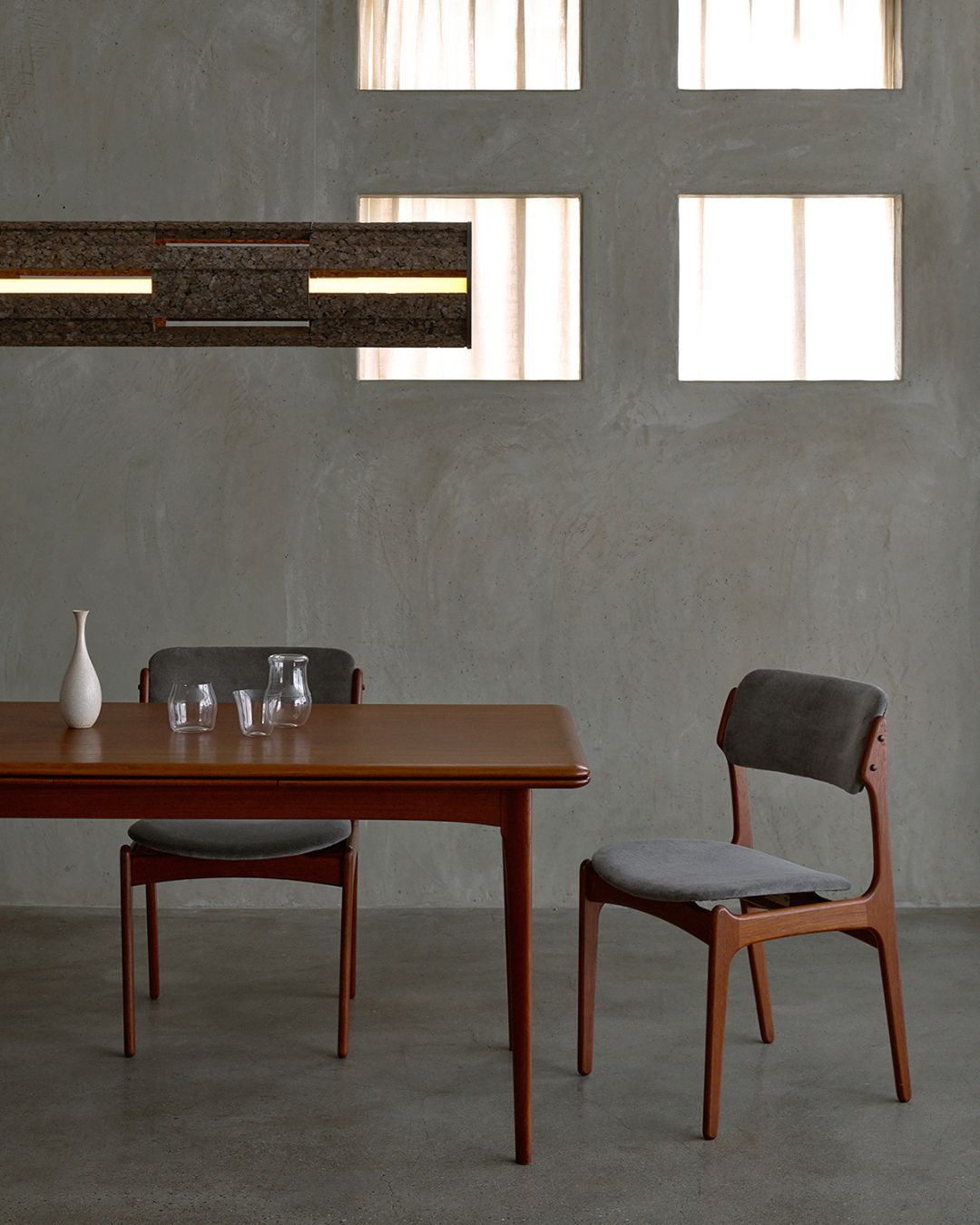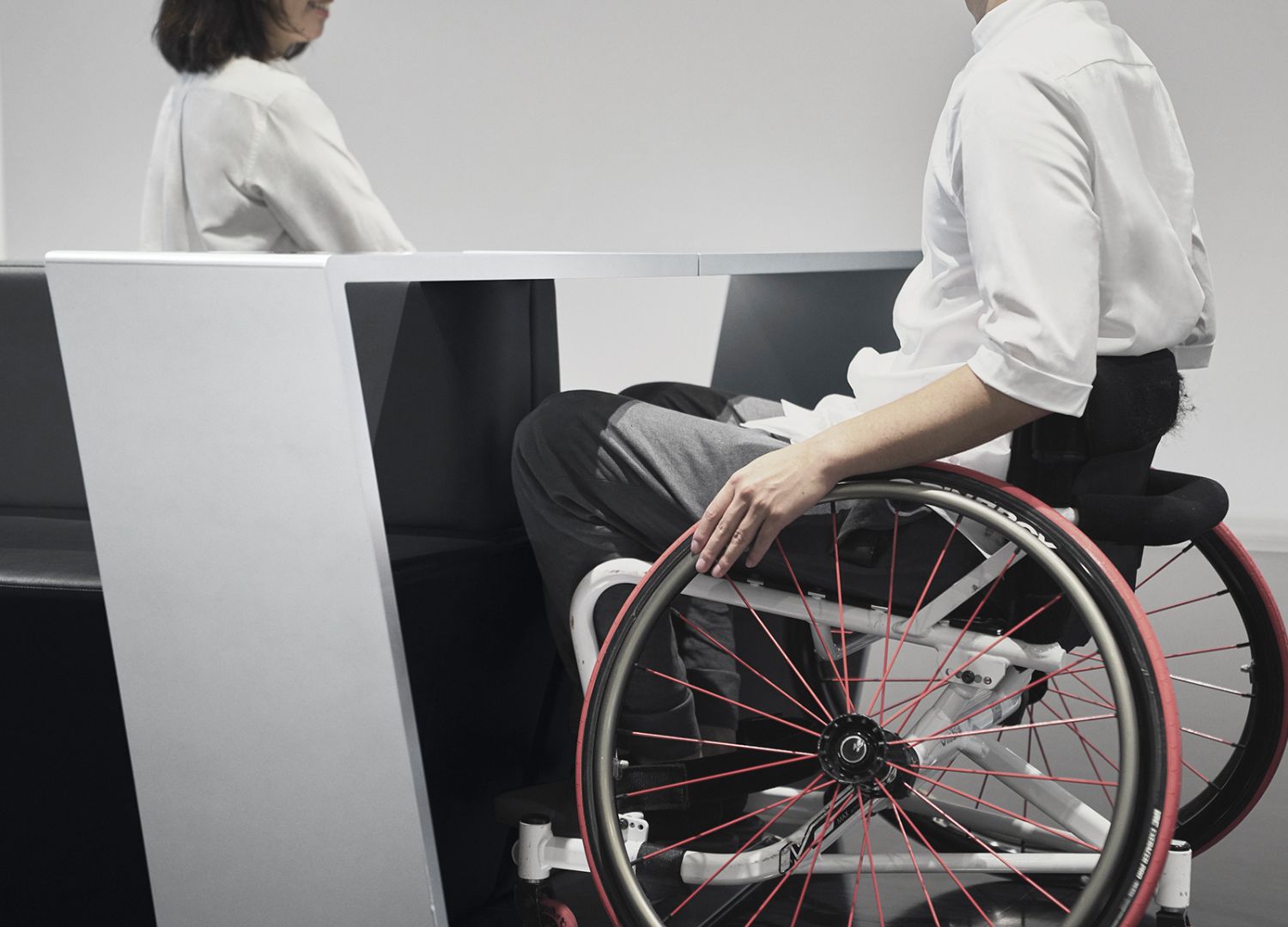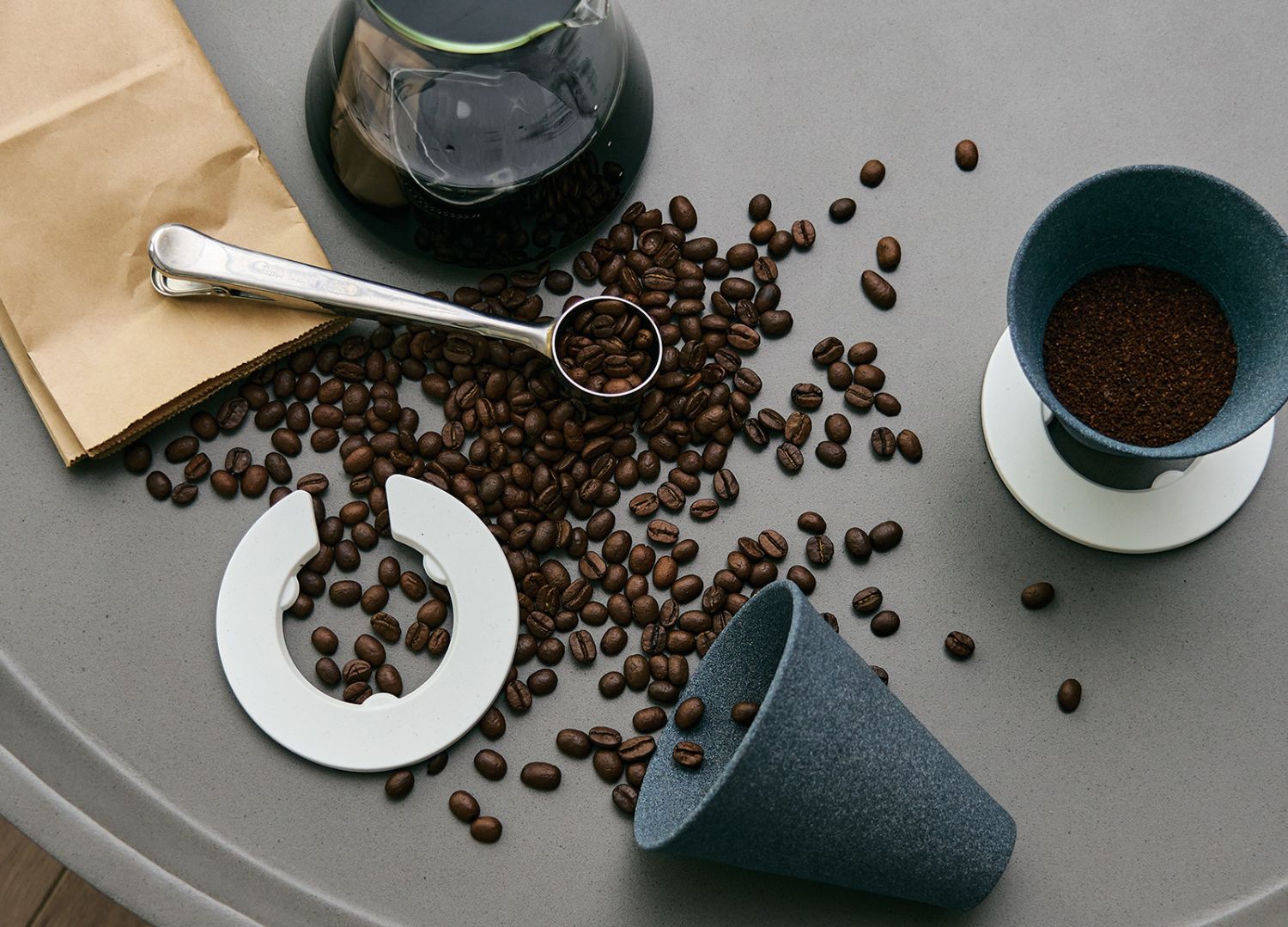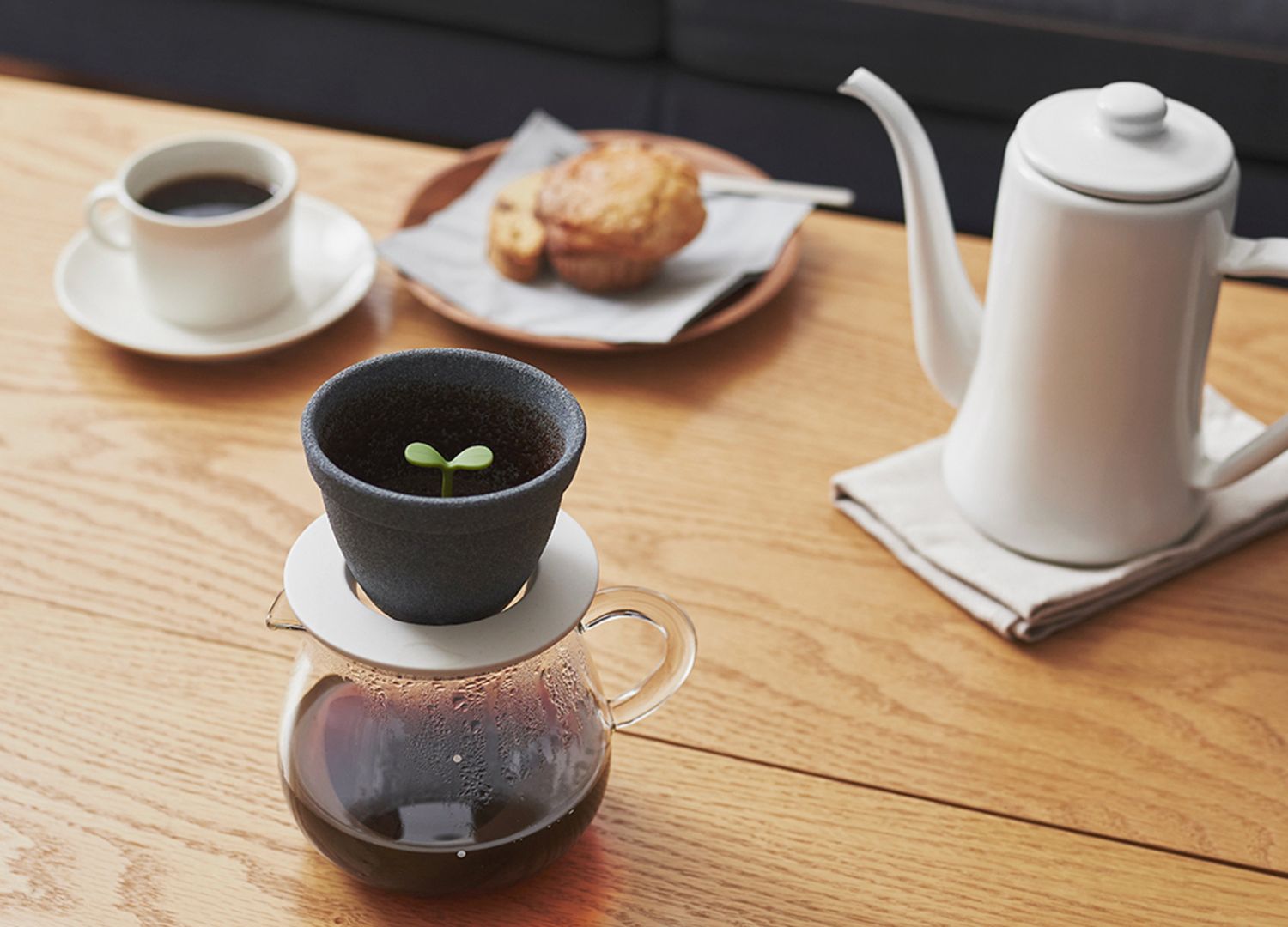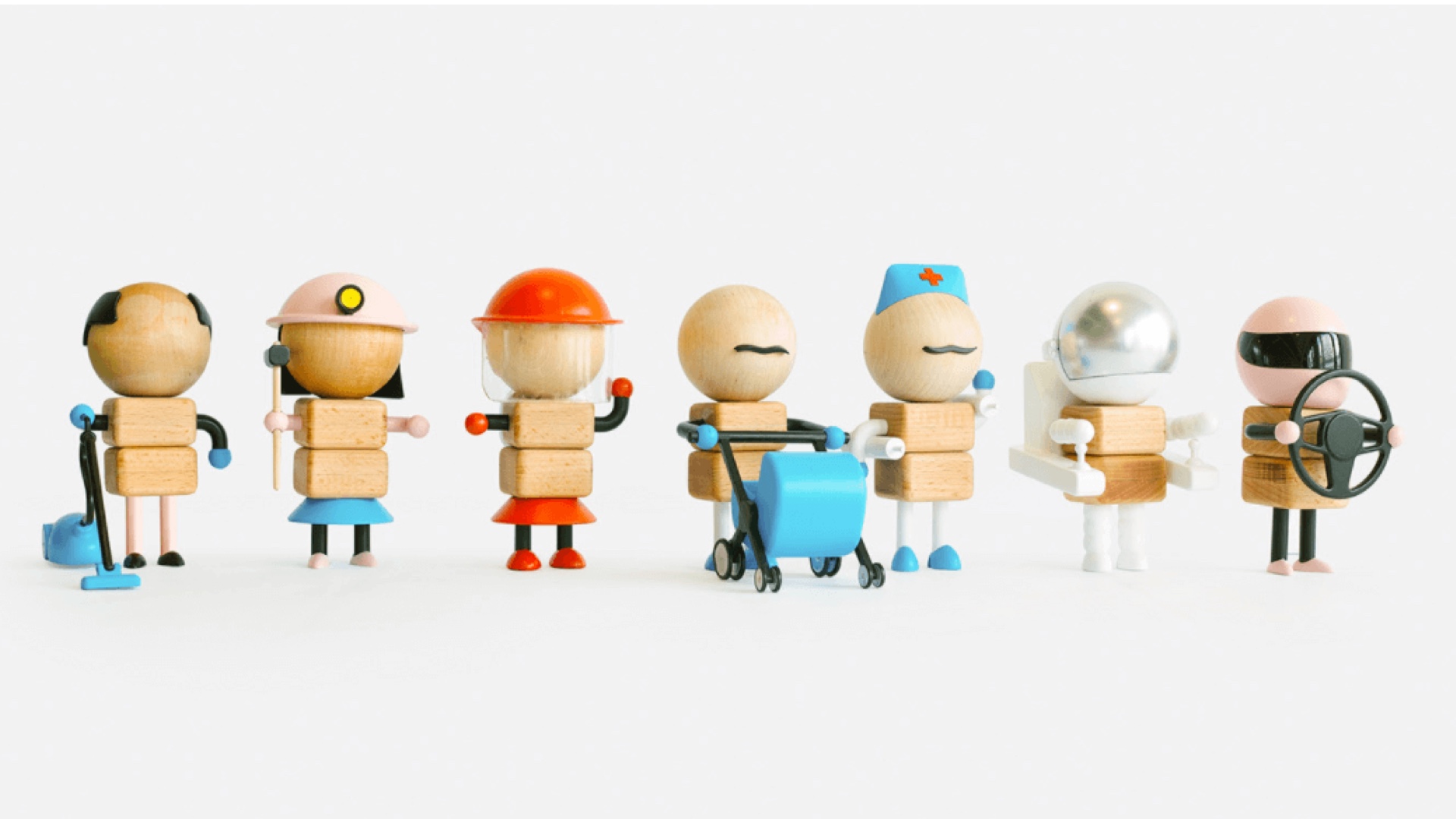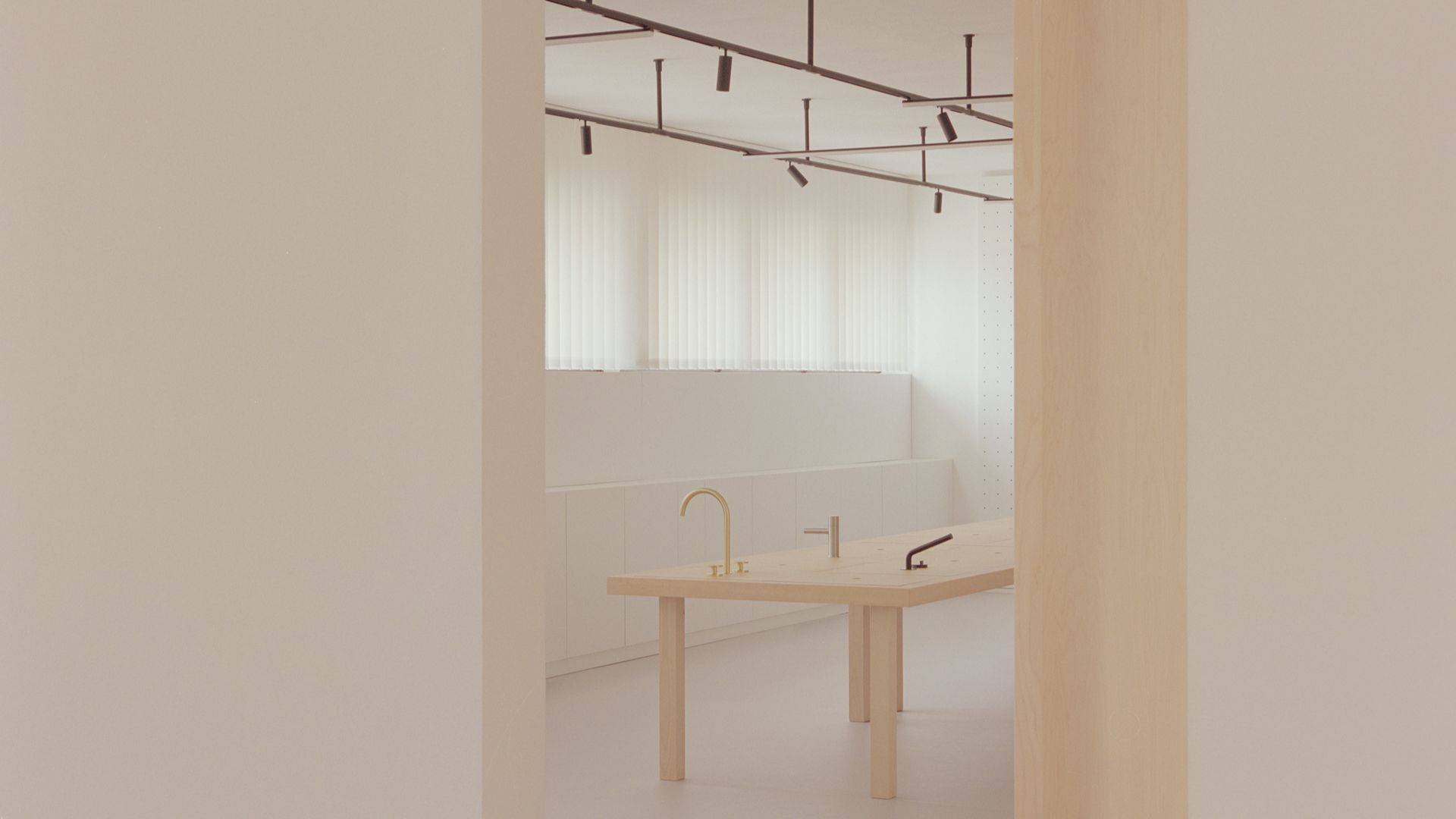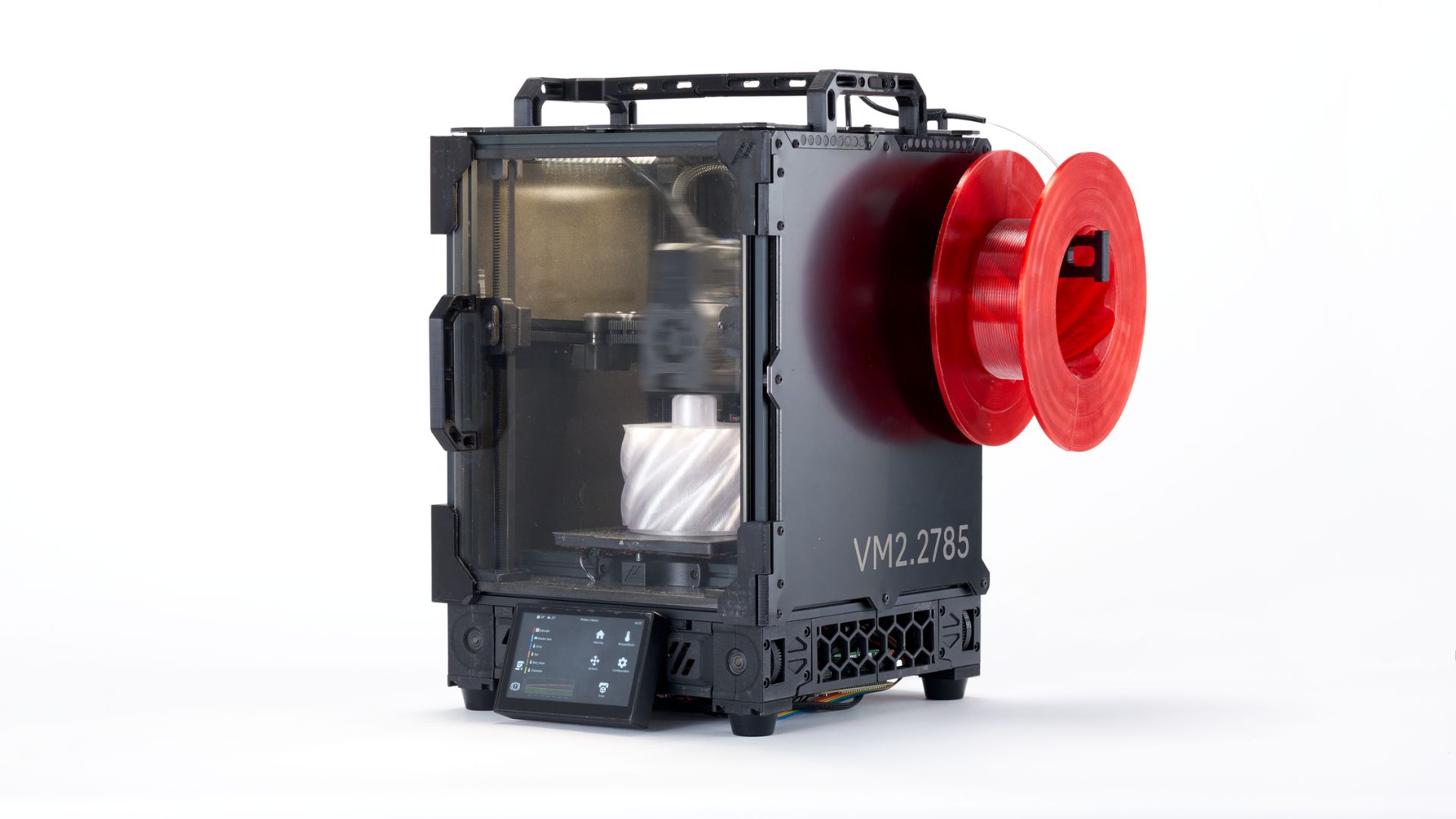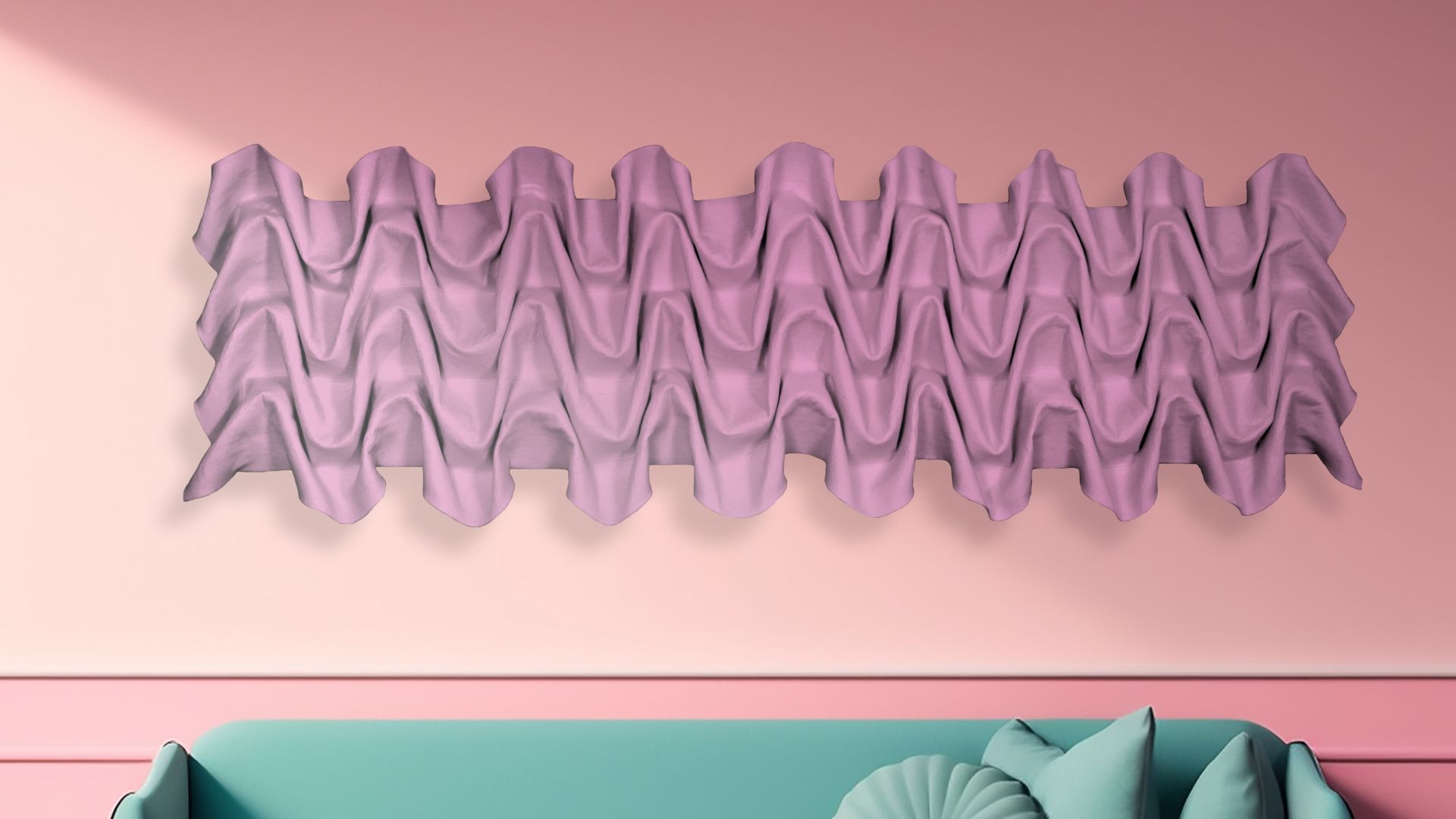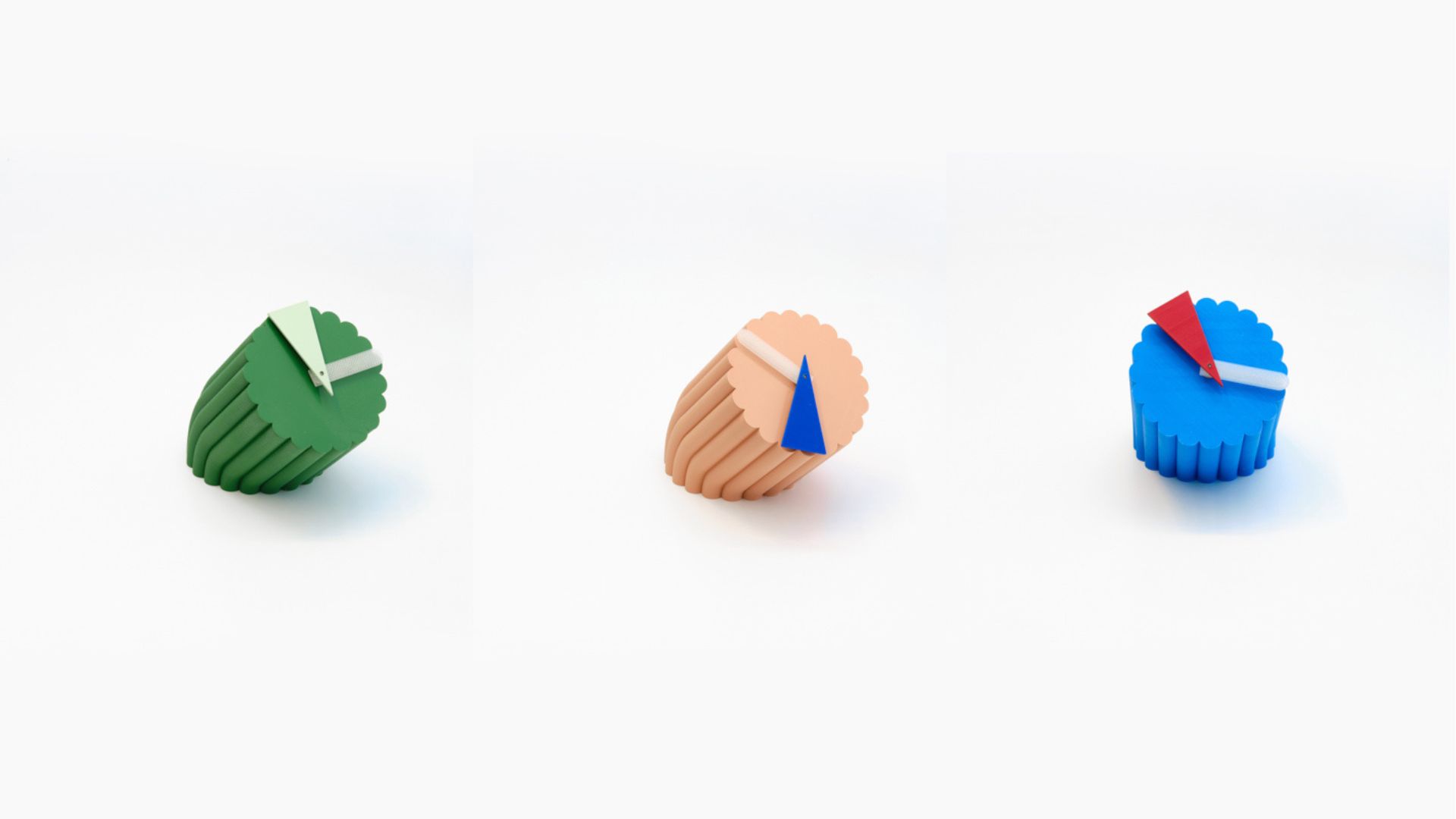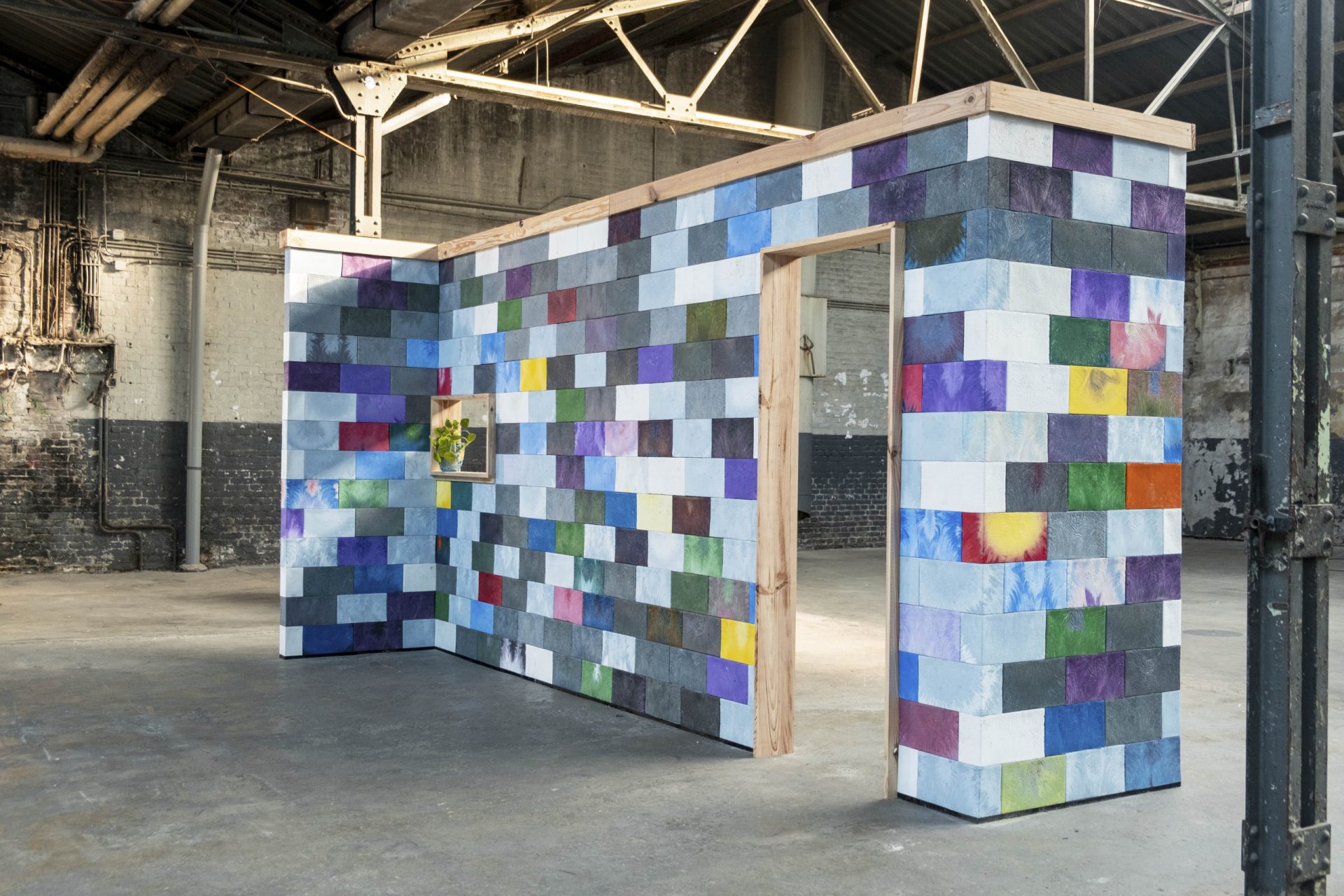Empathy and a spark of innovation are central to their design philosophy
wah aims to go beyond simply solving problems by creating designs that transcend functionality and form, delivering surprises and new discoveries that leave a lasting emotional and experiential impact on people.
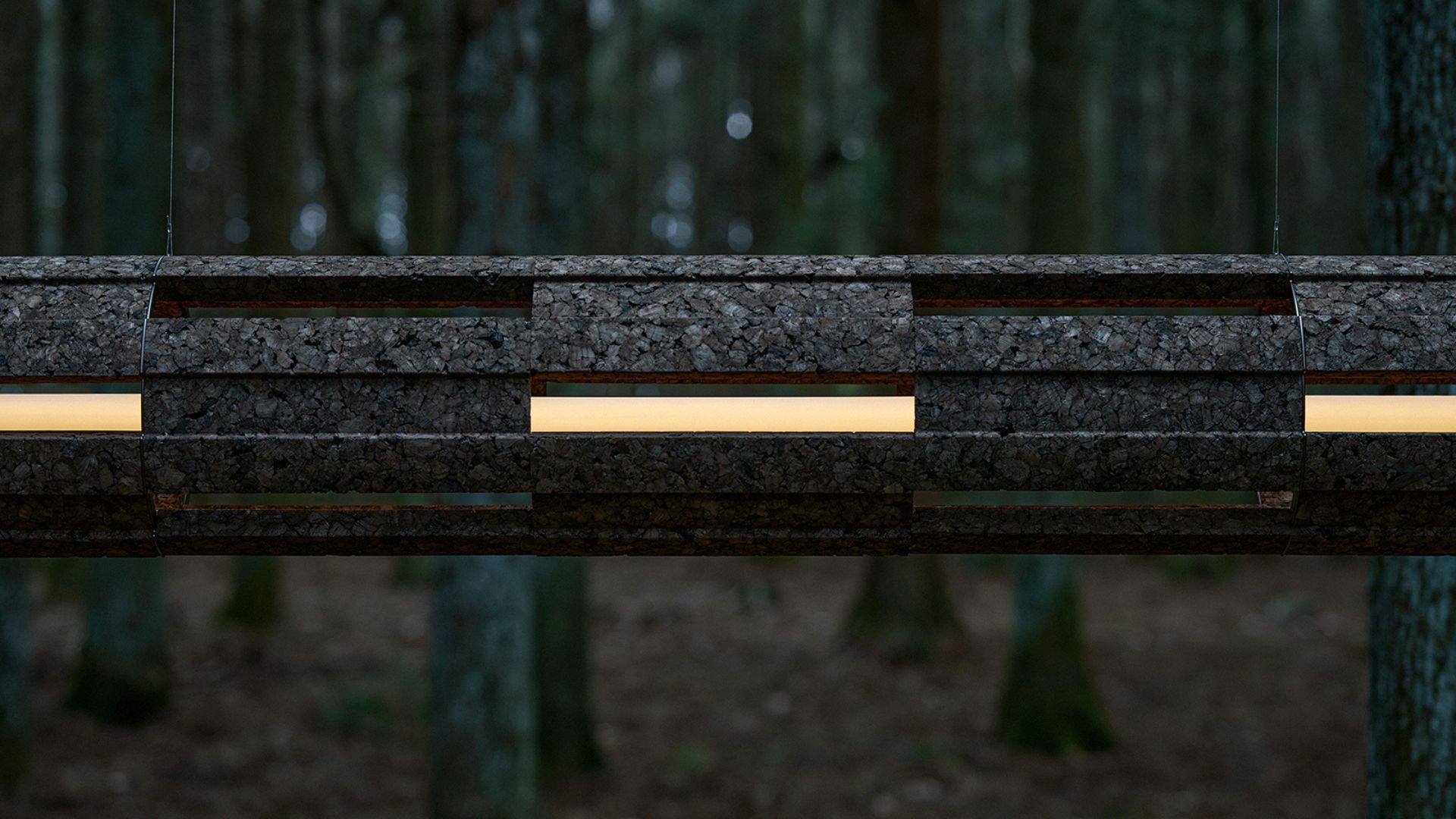
The design studio wah, founded in 2018 by Masataka Wakisaka and Takashi Hatta, is a dynamic and multidisciplinary firm that explores new standards for modern living through a wide range of creative endeavors, including product design, spatial design, graphics, and branding.
With a strong emphasis on integrating digital and analog tools, wah ensures their designs are both functional and emotionally resonant. Their approach is holistic, viewing all design disciplines as interconnected and equally important, which allows them to tailor their projects uniquely to each client’s needs while maintaining a consistent focus on quality and user experience.
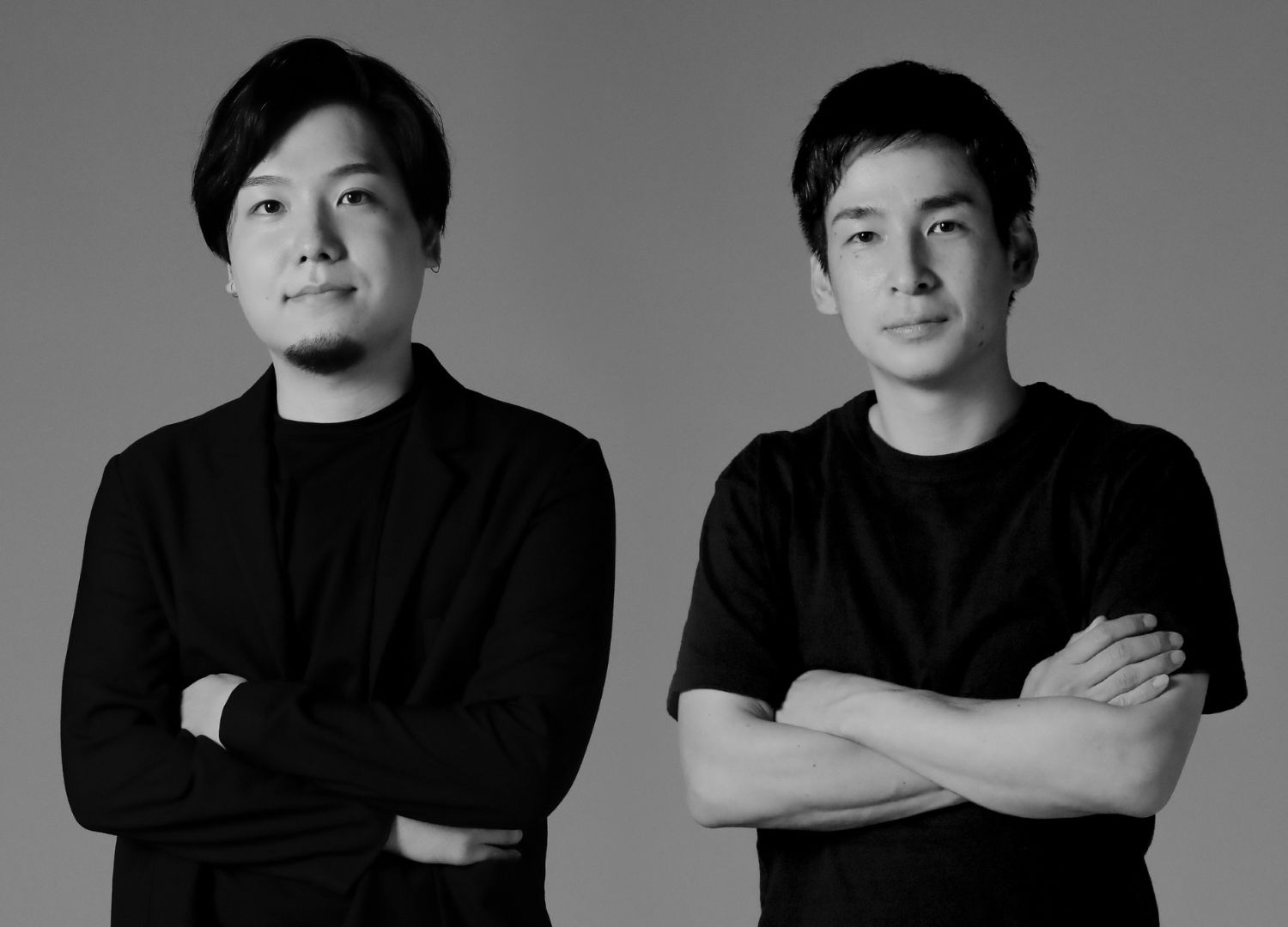
What is the story of wah design studio? How did your design journey begin?
Masataka Wakisaka:
“wah is a design unit formed by Masataka Wakisaka and Takashi Hatta in 2018. We both studied different fields—spatial design and product design—and met as colleagues at the same company. As we inspired each other and honed our skills, we decided to launch our unit with the goal of realizing our unique expressions.
Our journey began with participating in design competitions. Initially, we focused on product design, such as furniture and daily necessities. However, as our activities evolved, we naturally expanded into areas like spatial design, graphic design, and branding. Today, we continue to explore various forms of expression through client work and self-initiated projects.”
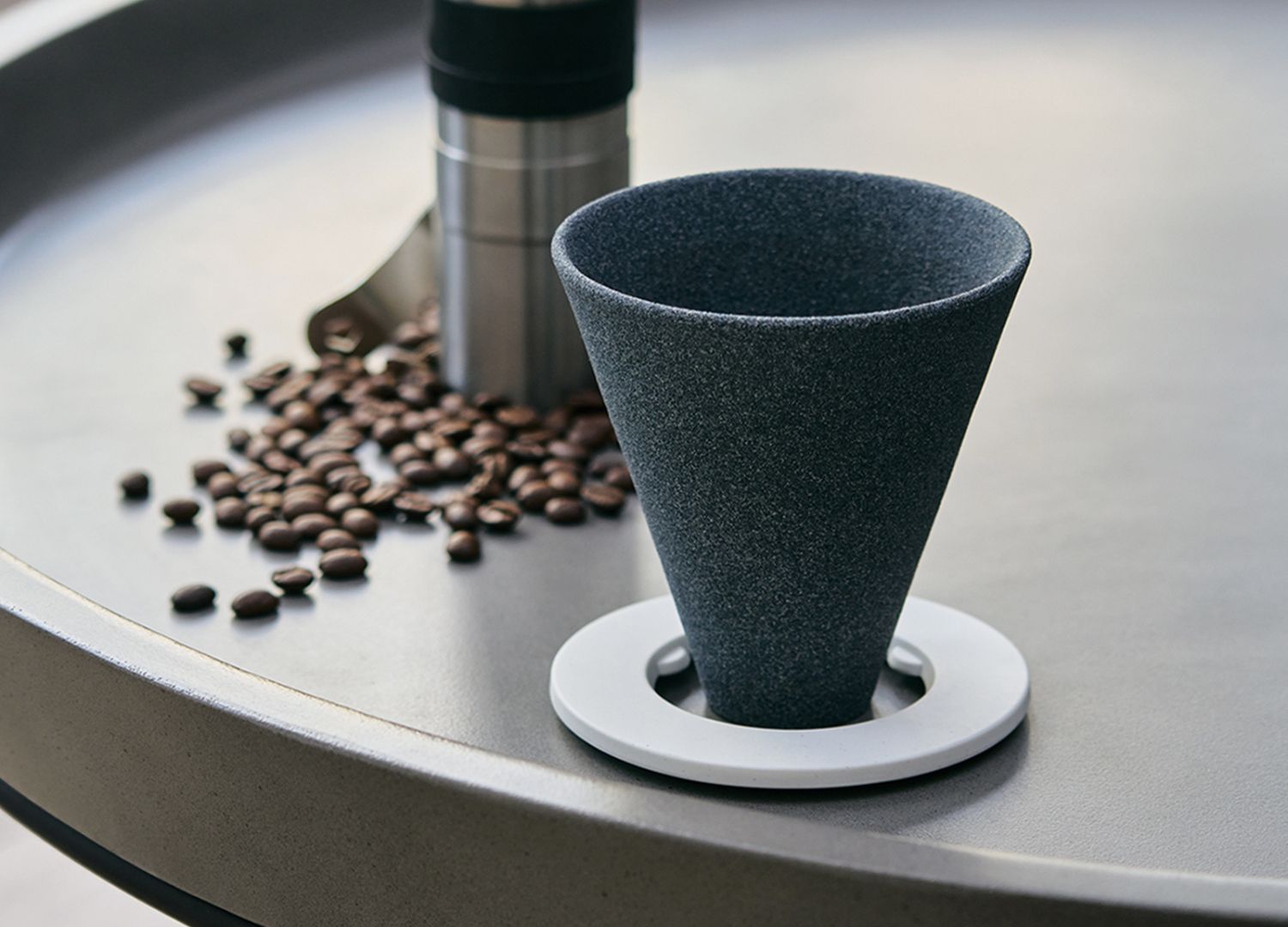
How would you describe the design philosophy and approach of wah design studio?
Takashi Hatta:
“”Empathy” and “a touch of innovation” are at the heart of our design philosophy. Our design process always begins by sensitively capturing the currents of the world. We draw inspiration from people’s lives and societal trends, valuing the discovery and empathy for the latent insights within them. Additionally, throughout the design process, we are always mindful of providing small moments of joy and new value to people and society. Our goal is not only to solve problems but also to create designs that go beyond mere functionality and form, offering surprise and new discoveries that leave an emotional and experiential impact on people.
For example, with our ceramic coffee filter, “Kinome,” we wanted to bring a small joy to everyday life during the restricted activities of the pandemic. The filter features a small sprout at its center, evoking the experience of watering a plant, and designed to bring a small sense of happiness to users in their daily routines. Moreover, this sprout is not just a decorative element; it doubles as a coffee scoop and enhances the ease of cleaning, adding functional value. In this way, we aim to listen to the hidden voices of the world, creating new value and providing small joys and pleasures through our designs.”
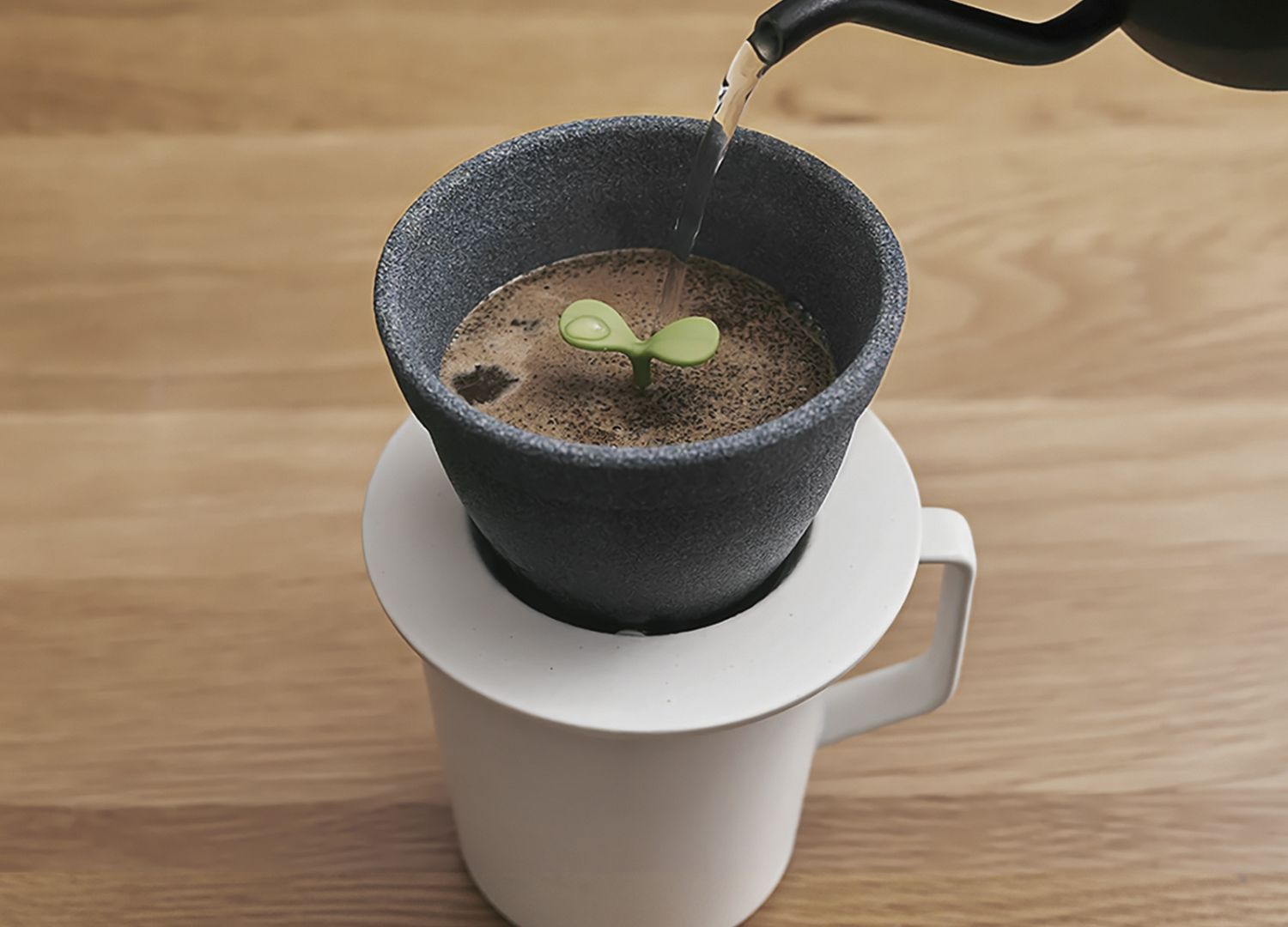
Your work encompasses various design disciplines. How do these areas intersect, and is there a specific field that drives the others?
Masataka Wakisaka:
“In our work, product design often takes center stage, but we do not view different design fields as having any hierarchy. We approach all design disciplines as equally important and seamlessly integrated.
The quality of design is not solely determined by the color or shape of a product; it encompasses factors such as user interaction and brand image, contributing to its overall quality. Therefore, when developing new products, we ensure that all design elements are considered in parallel and balanced appropriately.
Moreover, creating a new product is not always the best solution for every project. While launching a new product can be an exciting process, it often involves significant risks and initial investments. Through communication with clients and sharing visions and values, we may discover more favorable approaches, such as rebranding, that better serve users and clients. In such cases, we are willing to choose these alternatives.”
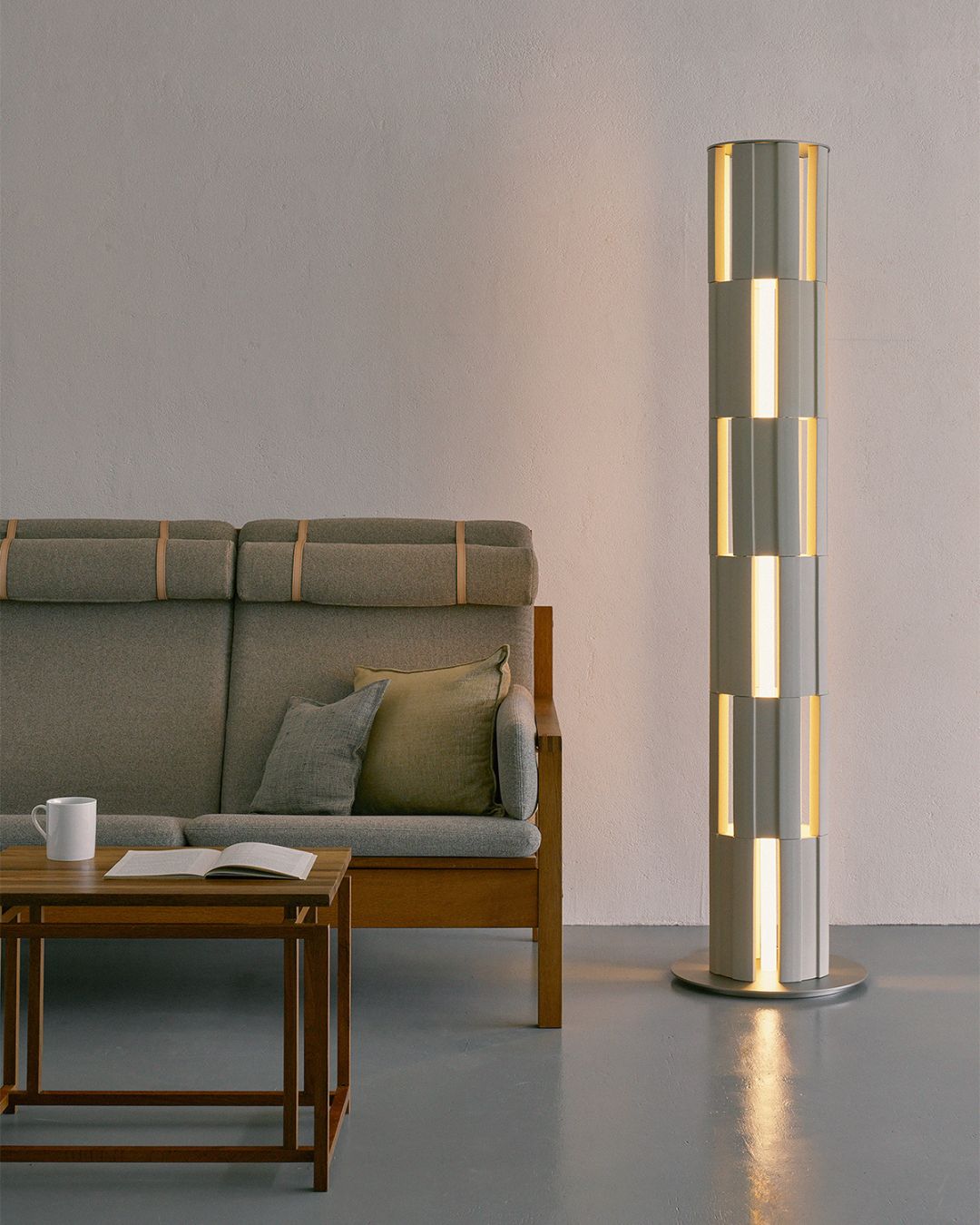
Which are your vital tools, resources and methods in your daily work?
Masataka Wakisaka:
“In our work, we place great importance on combining digital and analog tools. By integrating these seemingly opposite elements flexibly, we create products with added value.
We use digital tools to translate ideas into reality, employing 3D modeling software and visual design programs to capture detailed aspects of our designs. This approach allows us to create high-resolution prototypes. On the other hand, analog tools come into play when we produce physical prototypes from our digital designs, enabling us to evaluate them in a tangible environment where users can interact with and experience the product. Feedback gathered from these prototypes is crucial for refining our designs, with user perspective being particularly significant. Evaluating the product from the user’s viewpoint helps identify unforeseen challenges and areas for improvement.
For example, when designing the “Band Sofa” for the Tokyo Paralympics training venue, we actively sought feedback from athletes and facility staff. We conducted thorough research on details such as seat shape, height, firmness, and color. By repeatedly going through the processes of research, prototyping, and validation, we were able to achieve a design that perfectly met the users’ needs.”
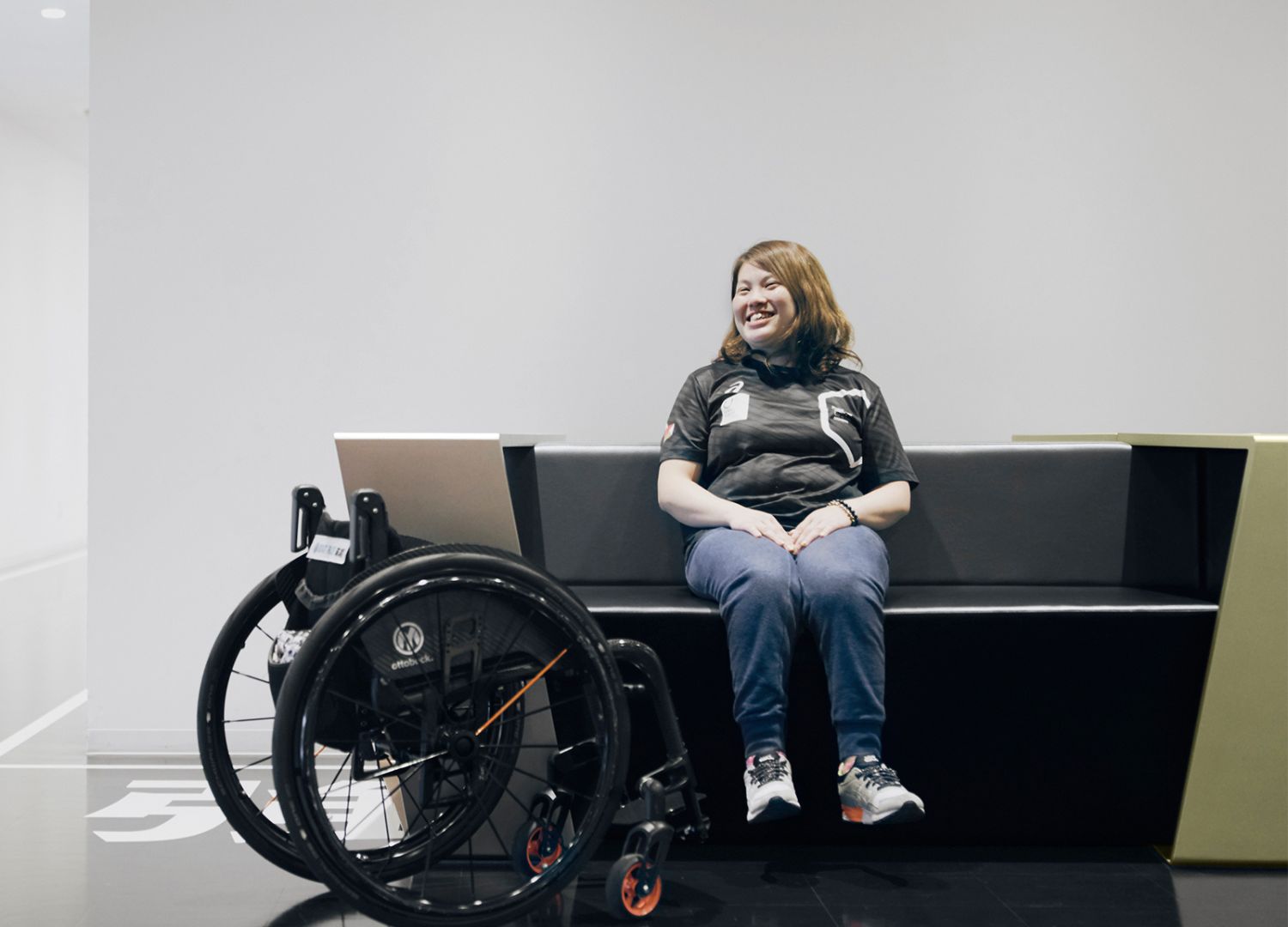
Prior to starting a new project, what type of research do you do and why? What information do you look for and where?
Takashi Hatta:
“Before starting a new project, we first conduct research on macro trends. This includes analyzing reports from research firms and industry trend analyses. The purpose of this research is to understand future societal trends and user insights, ensuring that the project aligns with market needs and directions.
However, we also avoid being overly influenced by trends. For instance, with our recent lighting products “Trunk” and “Cave,” we aimed to go beyond merely using recycled materials by exploring the theme of animism. By expressing the soul within natural objects and promoting respect for nature, we sought to maintain our unique approach while staying true to our core values rather than just following trends.
In client work, we extensively research the history and strengths of the collaborating company. We gather information through the company’s website and publications, and whenever possible, we arrange direct communication with top executives. These interactions help us gain a deeper understanding of any overlooked visions and values, leading to more insightful contributions.”

What is your relationship with social media? What is the impact of social media on your work as compared to the “real” world?
Takashi Hatta:
“Social media plays a crucial role in our work. It serves as an indispensable platform for showcasing our portfolio, engaging with audiences, and staying updated on industry trends. Particularly from Japan, which is geographically distant with time zone differences, social media allows us to instantly access design trends that might otherwise be challenging to reach. This global perspective and immediate access to the latest trends offer a unique experience that is hard to achieve through traditional means.
However, we do not rely solely on social media. We place great importance on real-world interactions and experiences. Direct communication with clients and users, as well as evaluating physical prototypes, provide invaluable insights that enhance the quality of our designs.
By being mindful of the interplay between social media and real-world experiences, and leveraging the strengths of both, we believe we can create superior designs.”




